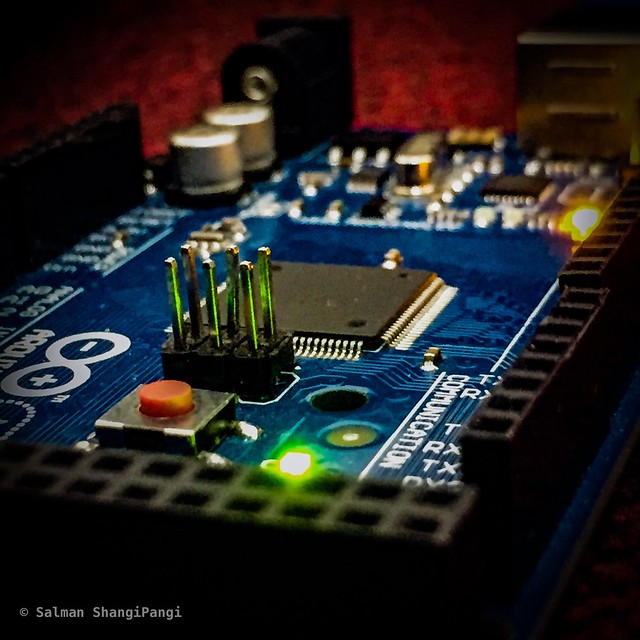
Increasing the Capacity of Metro Networks With Coarse Wavelength Division Multiplexing (CWDM)
The demand for more bandwidth and faster connectivity has led to a boom in the wireless industry. Coarse wavelength division multiplexing (CWDM) is a key technology for increasing the capacity of optical fiber networks.
CWDM modules MUX and DEMUX multiple optical signals on one single fiber using ITU-standardized 20 nm channels spacing starting from 1270 nm to 1610 nm. GLSUN CWDM modules have low insertion loss, low PDL, high channel isolation and excellent thermal stability.
Cost-effectiveness
There’s huge pent-up demand for a low-cost way to add capacity in metro networks without laying new fiber. CWDM may be just the solution. CWDM systems require less sophisticated and costly components than DWDM and are more affordable to operate. They also use uncooled lasers, reducing power requirements and minimizing the cost of battery backup in transport equipment.
CWDM is an excellent choice for city-level applications where high data rates and long distances are key requirements. It also enables gradual upgrades of older infrastructure by multiplexing CWDM channels into existing single-mode fibers. The system uses Gigabit Interface Converter (GBIC) or Small Form Pluggable (SFP) transceivers to convert electrical signals into optical signals. The resulting signal is then transmitted over a CWDM-enabled ring or backbone network.
CWDM filters have fewer layers and the alignment tolerances are much lower than those of DWDM devices, making them less expensive to manufacture. Additionally, the CWDM filters are designed to reduce crosstalk between channels. Moreover, CWDM filters do not require OLAs, which reduces the total capital expenditure (CAPEX) of a CWDM-based optical network. The CWDM filter’s reduced power requirement also reduces operating costs, especially for those carriers who are installing Fiber to the Curb services. This is because the CWDM filter requires less power than a DWDM-based transport system and can be operated with cheaper battery backup in a central office or wiring closet.
Scalability
CWDM is a cost-effective and scalable technology that allows network operators to increase bandwidth on existing fiber infrastructure. It utilizes passive hardware components and is designed to transport multiple wavelengths cwdm-module-coarse-wavelength-division-multiplexing at different frequencies over a single fiber cable. This can be beneficial for businesses that require high-speed connectivity and low latency. In addition, CWDM can save time and money by reducing the need to deploy new optical fibers.
CWDM uses wider channel spacing than dense wavelength division multiplexing (DWDM), which is ideal for networks with longer distances. It is also more affordable than deploying new optical fibers. This makes it an ideal choice for data centers, metropolitan area networks, and campus networks.
Lantronix CWDM products are available in 4-, 8-, and 16-channel mux/demux modules and add/drop modules. These modules can be used to step up bandwidth on existing fiber connections and alleviate fiber depletion. They also allow any protocol to be transported over the same link, as long as it is at a unique wavelength. For example, a T1 circuit over fiber at 1570nm can be transported alongside 10Gbps Ethernet on the same fiber.
In this case, the CWDM Mux/Demux would combine the T1 and Ethernet signals into one stream that can be transported over fiber to cell towers. At the other end, the CWDM/X MUX would de-multiplex the channels and provide Carrier Ethernet demarcation and performance monitoring, as well as 1588 timing synchronization for 4G backhaul services.
Reliability
Coarse Wavelength Division Multiplexing (CWDM) is a technology that transmits multiple data signals over a single optical fiber by using different wavelengths of light. It is used in telecommunications to increase network capacity and support new bandwidth-intensive applications, such as 5G and the Internet of Things. It is also a cost-effective solution for upgrading existing networks.
CWDM differs from Dense Wavelength Division Multiplexing (DWDM) in that it uses wider spacing between wavelengths, typically 20 nm, as opposed to the 0.8 nm spacing of DWDM. This makes CWDM more suitable for shorter distances, such as in metropolitan area networks or college campuses. Moreover, it requires less complex equipment than DWDM, which can help reduce costs.
While CWDM has some limitations in terms of capacity and reach, it is still a good choice for many applications. Its flexible point-to-point architecture allows it to be deployed on most types of fiber networks. Additionally, it is compatible with GBIC and SFP connections, making it easier to upgrade older systems.
CWDM is used in a variety of applications, including smart cities and electrical grids. For example, it is used to send live video feeds from city cameras to a central control center. In addition, it is used by transportation agencies to monitor traffic flows from roadside cabinets. This information is then sent to the traffic management center, where it can be analyzed and improved.
Energy efficiency
CWDM is an efficient way to increase data transmission capacity on existing fiber and reduce the need for new fiber cables. It filters out only the desired wavelengths and can multiplex or demultiplex them in a single optical fiber. This saves energy by avoiding unnecessary transmission of data over the same wavelength. In addition, it can also reduce the power requirements of signal amplifiers by using lower insertion loss.
Compared to dense WDM (DWDM), which requires wide channels for transmission over short distances, coarse CWDM can use narrower channels and wider spacing. It is also multimode fiber optic cable assemblies more thermally stable, so it can withstand temperature fluctuations. This makes it a good choice for PON networks that need to support high-speed data services, especially those with long distances.
Coarse CWDM devices can be used to add channels on existing PON networks, increasing bandwidth and alleviating fiber exhaustion. They can also be combined with EDFAs for improved performance over longer distances. EDFAs have low insertion losses, which can minimize the amount of signal attenuation, and allow more signals to be transmitted over the same optical cable.
Another benefit of CWDM is that it allows routers and switches to directly map data packets to wavelength channels without requiring the processing of TDM multiplexers. This helps to save fiber resources and enable smooth upgrades based on the specific development of network services. Moreover, it can also work with both GBIC and SFP connections and provide compatibility with legacy systems. This feature also makes it an ideal solution for data centers.



